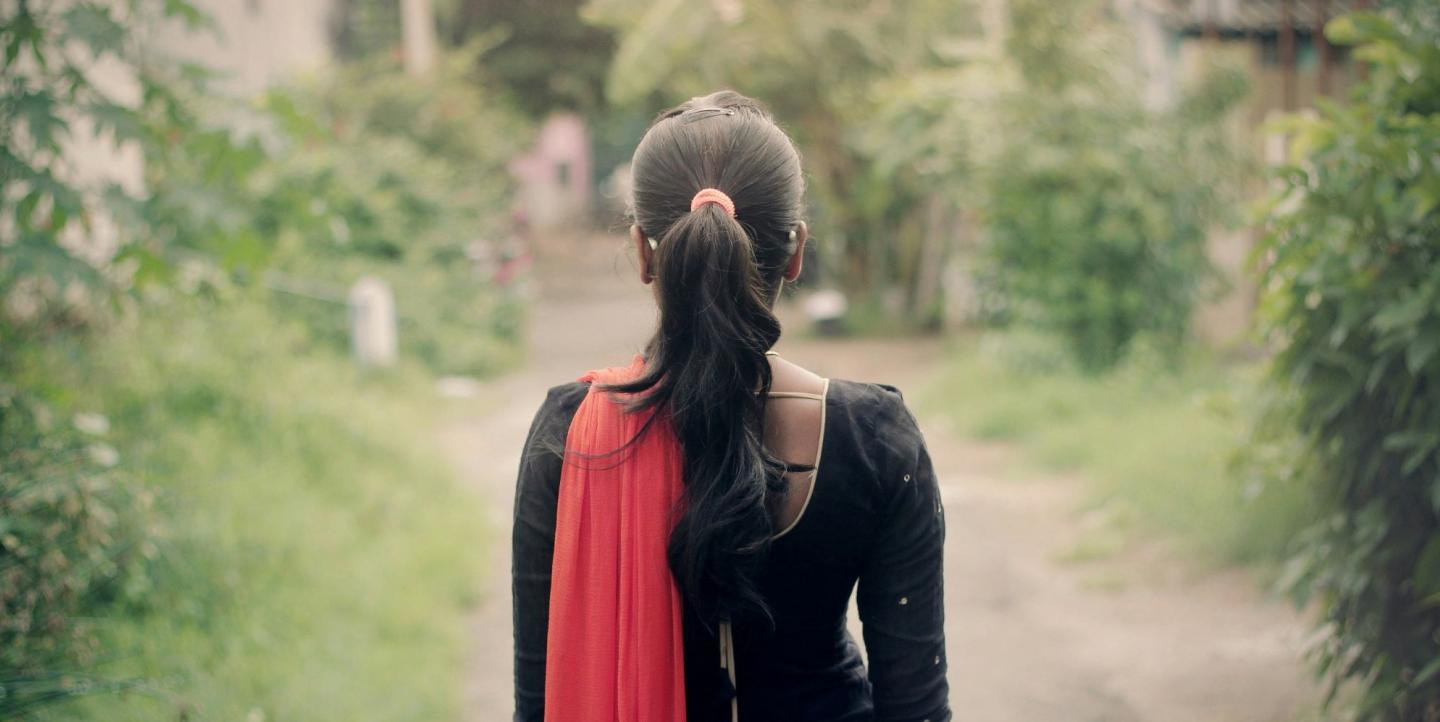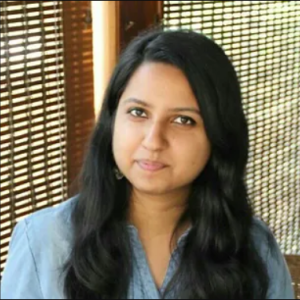In India, community health mobilizers known as accredited social health activists (ASHAs) serve as the backbone of the health care system. These health care workers, who tend to be women between the ages of 25 and 45, were especially engaged on the frontlines of the COVID-19 pandemic, as first responders for patients under home isolation.
An investigation conducted by a small, remote newsroom called BehanBox in 2020 uncovered how ASHA workers were working long hours without adequate protective gear or compensation.
These workers weren’t the only subset of women whose stories were conspicuously missing from traditional media coverage, noticed Bhanupriya Rao, BehanBox’s founder. Her realization served as the catalyst for BehanBox’s growth, which covers the underreported stories of women and gender-diverse people in India, and whose work has been recognized with multiple Laadli Media Awards for Gender Sensitivity.
“We report on the invisible lives of women, their working lives, how laws affect them, how policies affect them, how climate change affects them,” said Rao.
A gender journalism hub
BehanBox, which translates to “voices of sisters,” started in 2019 as a social media initiative to document and encourage women’s political participation following that year’s general elections in India.
But it was the COVID-19 pandemic that pushed Rao to move BehanBox toward an online-only journalistic publication focusing on gender. It was necessary, Rao said, to highlight how the pandemic was impacting women's lives disproportionately.
BehanBox’s reporting goes beyond merely “journalism on women’s issues,” said Rao. Instead, it incorporates the lens of women and gender-diverse people in all its reporting.
For example, Priyanka Tupe, a senior correspondent at BehanBox, has covered issues ranging from the affordability of monsoon gear to the neglect experienced by sexual violence survivors from nomadic tribes and the plight of sanitation workers in Mumbai. She describes her reporting as “uncovering the India that is invisible, especially the lives of the working class – all from a gender lens.”
BehanBox’s reporting has grabbed the attention of policymakers and sparked action. It has also acted as fodder for advocacy and civil society organizations, as well as ordinary citizens, to have conversations rooted in evidence.
“Through our reportage, we’re trying to explain that women’s lives are the way they are because of the larger structures they operate under, whether it’s the state or the society. Then we hold those structures to account,” Rao said.
Curious reporters telling original stories
BehanBox knew early on what it wanted to be – and what it didn’t. The outlet didn’t want to engage in journalism that merely repeats stories already being told, conducts analyses of data or information they don’t collect themselves, or publishes opinion-based editorials. It opposes parachute journalism, instead opting to work with local freelance journalists.
Today, the BehanBox team comprises Rao, editor Malini Nair, three full-time reporters, a visual designer and a multimedia editor. The outlet reports on women in the workplace, gender-based violence, and the care work often carried out by women. Its audience is primarily women, and it skews younger, with a majority of readers between the ages of 24 and 35.
BehanBox’s reporters mostly find stories on their own, letting their inquisitiveness guide them, explained Rao. “Seeing women on Dadar bridge [in Mumbai] at night and being curious as to why they are here when most women would want to sleep in the comfort of their homes led our reporter to explore these women’s livelihoods,” she offered as an example.
Tupe’s curiosity about women on the Dadar bridge led her to report on women street vendors, or “hawkers,” who sell forest produce in Mumbai’s flower market, enduring extreme humidity, hectic workdays, and poor sanitation conditions. Reporting for BehanBox, she shared, rewards her curiosity: “I am always looking for stories everywhere, whether it is someone I meet or a message I receive in a WhatsApp group. I am always asking questions about events.”
As it has built its reputation, BehanBox has increasingly received tips from readers, Rao shared. “People trust us with stories because they know we will cover any issue with empathy,” she said. “We are not scavenging the people's lives, but presenting them with dignity and seeking accountability from those in power.”
Revenue streams
BehanBox relies on grants to support its work. It has received funding for reporting projects from the likes of Report for the World, Pulitzer Center, and Population Reference Bureau. In 2021 was selected for the Google News Initiative (GNI) Startups Lab India accelerator program.
The outlet has leveraged its expertise in research and journalism to develop revenue-generation verticals, such as a research division currently being built on the back of its journalism. This division will consist of both its own IP and the research it does for other organizations with funds who want to commission it.
BehanBox is also establishing a production studio to help feminist organizations package develop stories and narratives into video reporting, interactive web pages, and podcasts. The outlet also hopes to work with educational institutions to help them develop gender-focused curricula, training modules, and workshops.
Future plans
Looking ahead, BehanBox plans to roll out an archive of its own work. One example it has already developed is Mera First Vote (My First Vote), an audio-visual project documenting the experiences of 60 first-time women and LGBTQ+ first-time voters. BehanBox partnered with Revisual Labs, an information design lab, on the project; throughout its work, the outlet prioritizes collaborations with ideologically similar, feminist organizations whose values align with their own, Rao said.
Over the years, BehanBox’s mission has evolved to capture the impact of their work. “How do you create a gender-just ecosystem driven by evidence-based reporting and knowledge creation towards the kind of change that we all aspire for?” said Rao. “It all comes off the back of our journalism.”
Reporting on the invisible lives of women may seem like a lofty goal for a small, remote newsroom in India, but Behanbox is climbing the mountain one story at a time.
Photo by Aravind Kumar on Unsplash.
This article was updated on October 15, 2024.


